Desert Hiking Tips
By Renee Patrick, Oregon Desert Trail Coordinator
If you’re a backpacker, chances are your bucket list of trails includes at least some that travel through desert environments. Many of the popular long-distance trails in the country have desert sections, including the southern California stretch of the Pacific Crest Trail, and the New Mexico and Wyoming stretches of the Continental Divide Trail. Other desert routes, including the Arizona Trail, Oregon Desert Trail and Grand Enchantment Route, wend through dry and hot climates for most of their miles. Below you will find a few tips to keep you comfortable and happy on those desert miles.
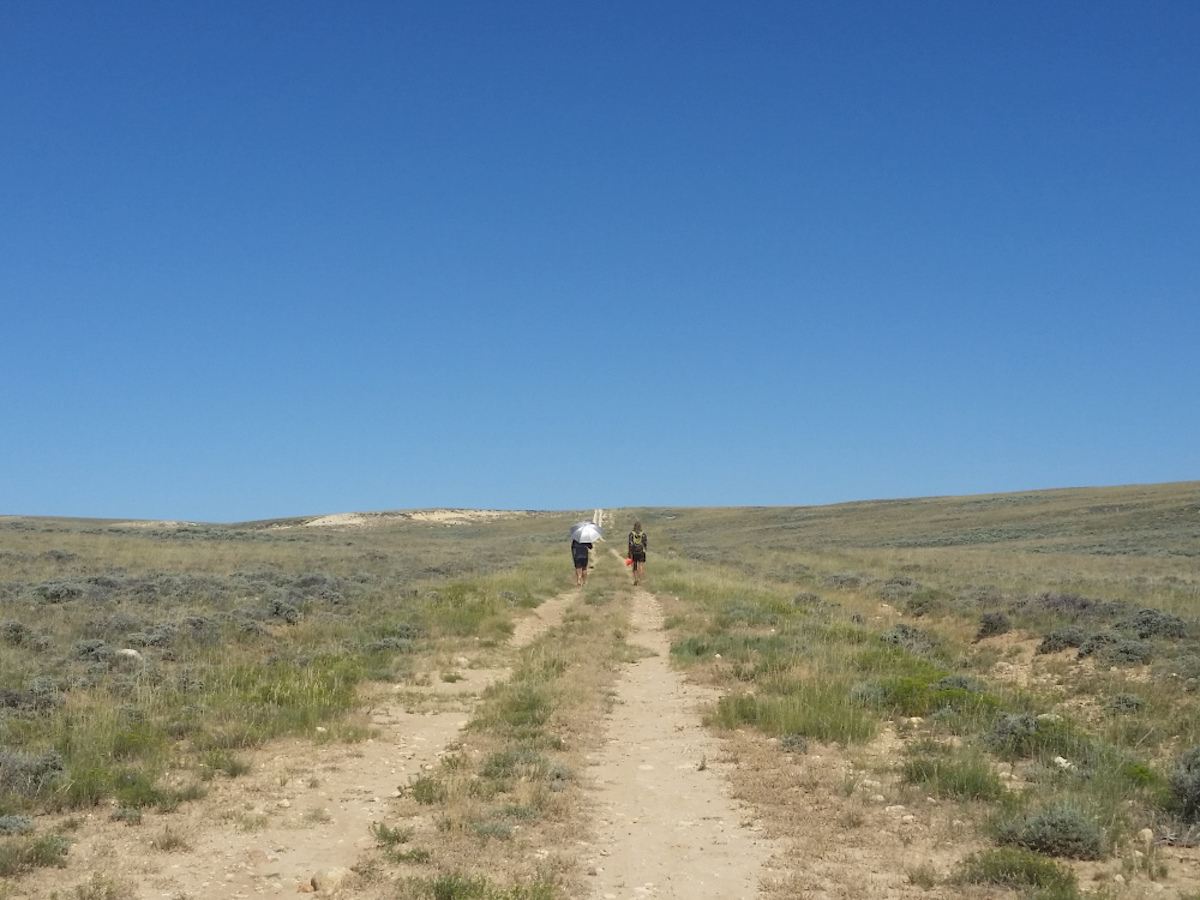
Use an umbrella
On a desert hike, a sun umbrella can make the experience far more pleasant. When you are the tallest thing around and shade is in short supply, carrying your own shield from the ferocious sun can be pretty crucial, saving your skin and keeping you that much cooler.
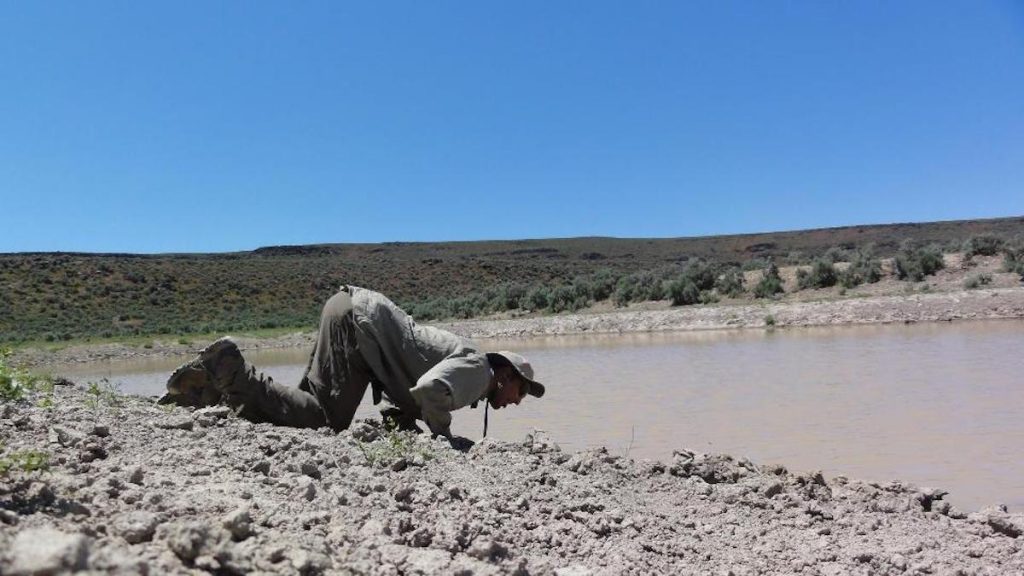
Bring a strong stomach—and a good water filter
I like to say any water in the desert is good water. You may be surprised at the quality of water sources you will need to drink from on a long hike, but you don’t have to choke down chunky muddy water.
Use your shirt, a bandana or a coffee filter as a pre-filter to get the biggest chunks out. Then pass the water through your filter. Finally, if there’s risk of viruses, use a chemical treatment to render the water safe. If the odor and taste still turn your stomach, consider bringing a lemonade or fruit punch packet to flavor your water. And after a while you won’t think twice about drinking out of a muddy cow tank. Any water is good water in the desert!
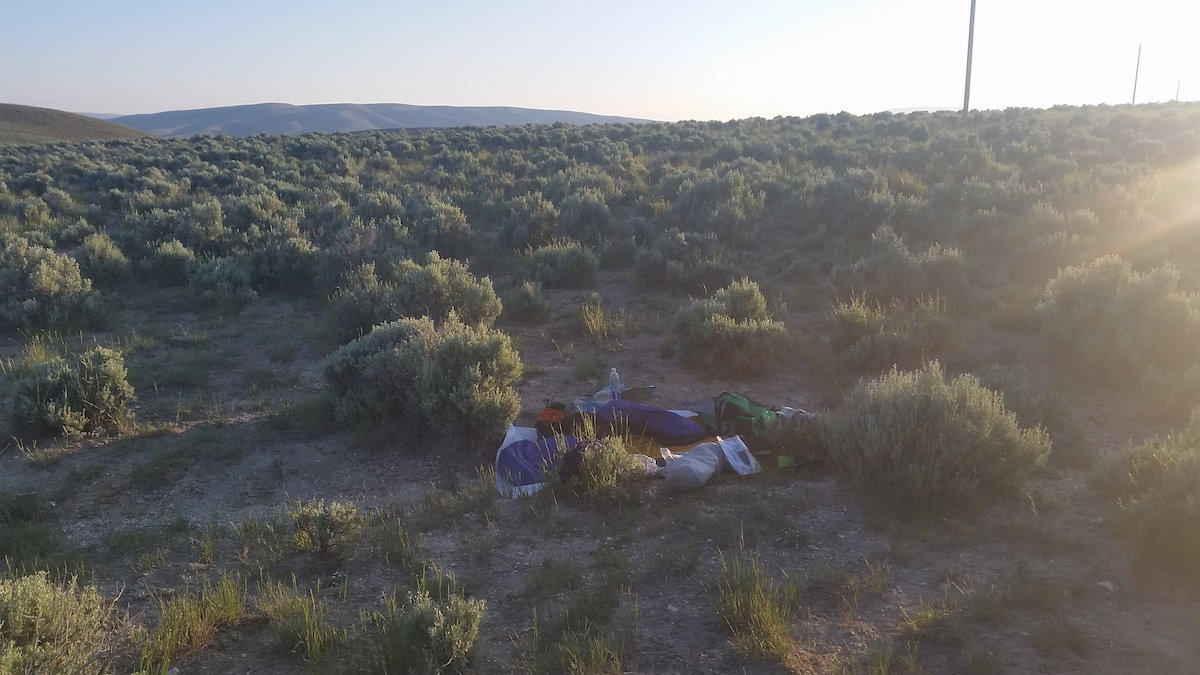
Cowboy camp
A great way to save time when camping in the desert is to forgo setting up your shelter. You will be hard pressed to find many bugs when hiking in dry climates so why not give yourself a better view of the night sky and sleep out in the open? Use your tent’s ground-cloth (or many hikers like to use Tyvek®, as it is a waterproof barrier) to protect yourself from getting too much dirt in your gear, then spread out and enjoy the view.
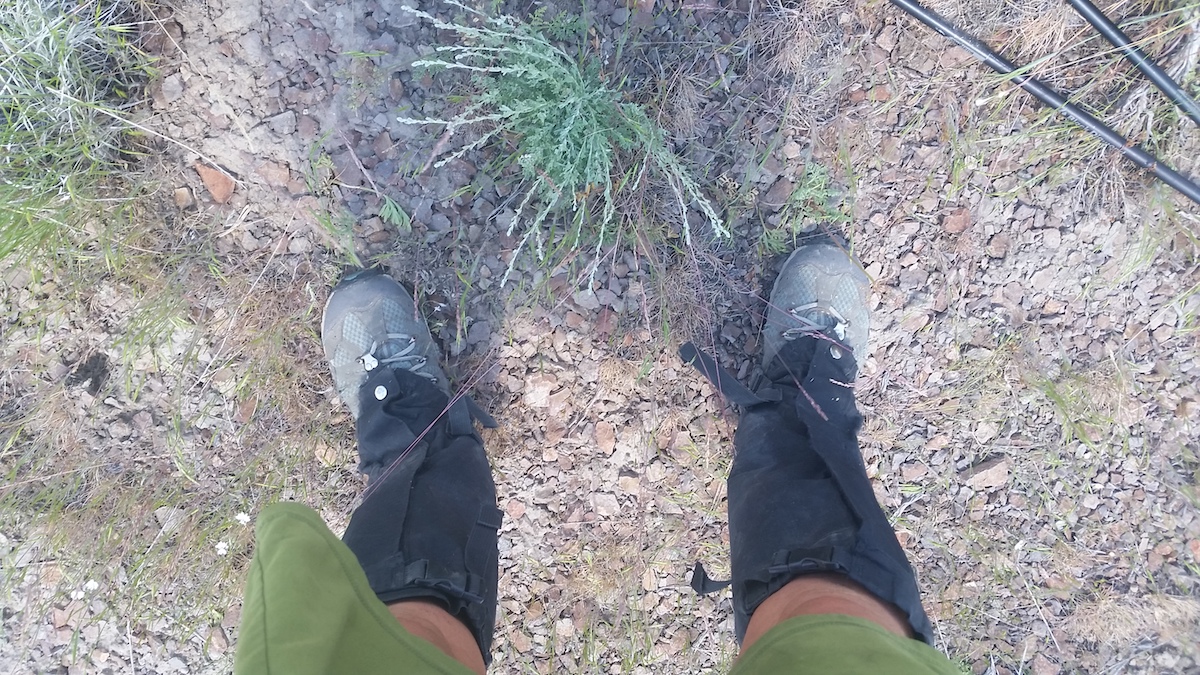
Wear tall gaiters
Deserts are home to many prickly and pointy plants, so when hiking (or bushwhacking) through tall brush, save your legs and wear some tall gaiters. You will be able to walk with much more confidence without worrying too much about loosing blood to large sagebrush or cacti.
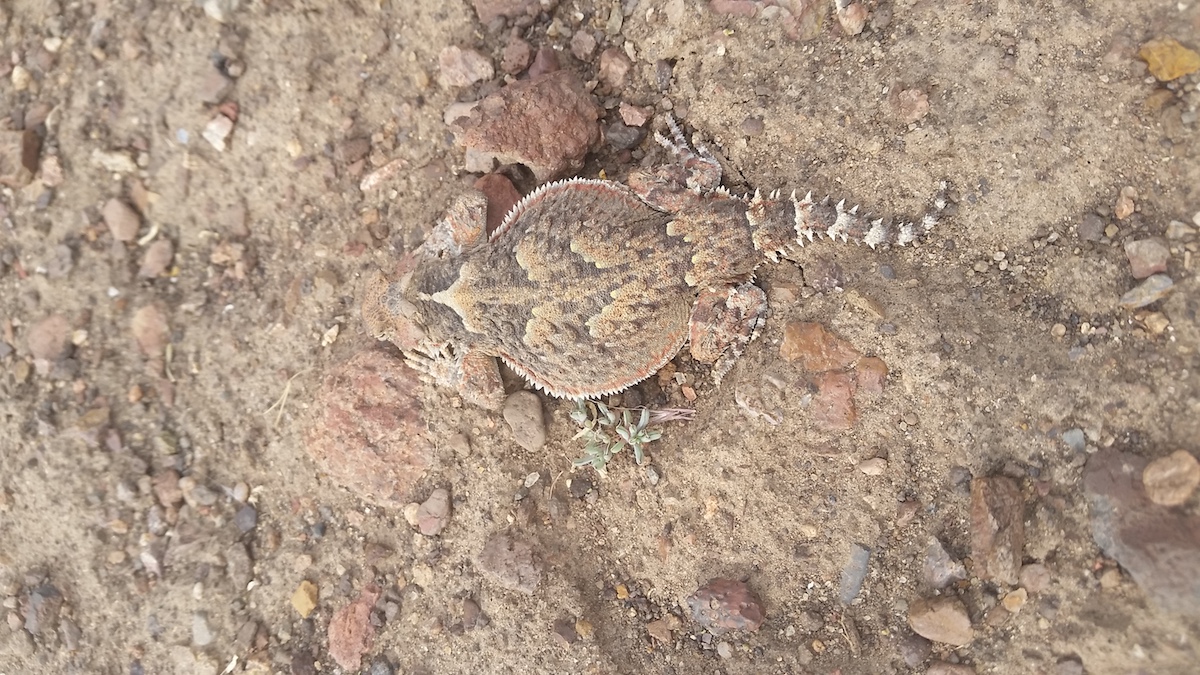
Look closely
Life in the desert may not be as obvious as in alpine environments, and you can easily miss some of the more interesting desert creatures. Take some time to look closely as you are hiking or on breaks and you could be rewarded with a glimpse of a member of the desert fauna, like this horny toad above.
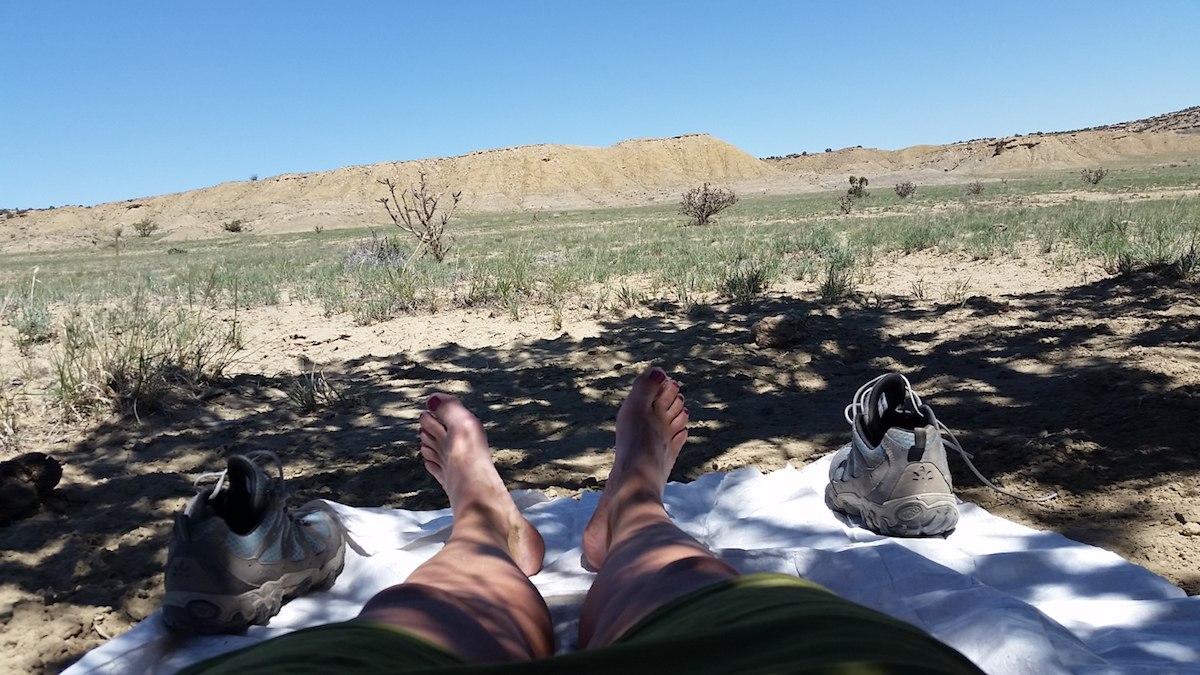
Air out the feet
Blisters happen. Blisters happen no matter how long you have been hiking or how many miles you have under your belt. Introduce a hot, sandy environment, and even the toughest feet may become painful. Air those puppies out. At each break, take your shoes and socks off, let the sun and wind dry out your feet, and eventually those blisters will harden into calluses and provide a protective barrier. Good, strong hiking feet are rarely summer beach feet, but you will be prepared to go the miles.
 Author: I have always placed more emphasis on having experiences and challenging myself than keeping a steady job and padding a bank account. This sense of exploration led me to join the Peace Corps after college, and hike my first long trail soon after. Eight thru-hikes and 10,000 miles later I am still in love with discovering my surroundings on foot and now I’m able to use all those experiences in my newest endeavor as the Trail Coordinator for the 750 mile Oregon Desert Trail. I will never stop hiking, and I like to say my favorite trail is the one I haven’t hiked yet. Read more from Renee on her blog.
Author: I have always placed more emphasis on having experiences and challenging myself than keeping a steady job and padding a bank account. This sense of exploration led me to join the Peace Corps after college, and hike my first long trail soon after. Eight thru-hikes and 10,000 miles later I am still in love with discovering my surroundings on foot and now I’m able to use all those experiences in my newest endeavor as the Trail Coordinator for the 750 mile Oregon Desert Trail. I will never stop hiking, and I like to say my favorite trail is the one I haven’t hiked yet. Read more from Renee on her blog.
